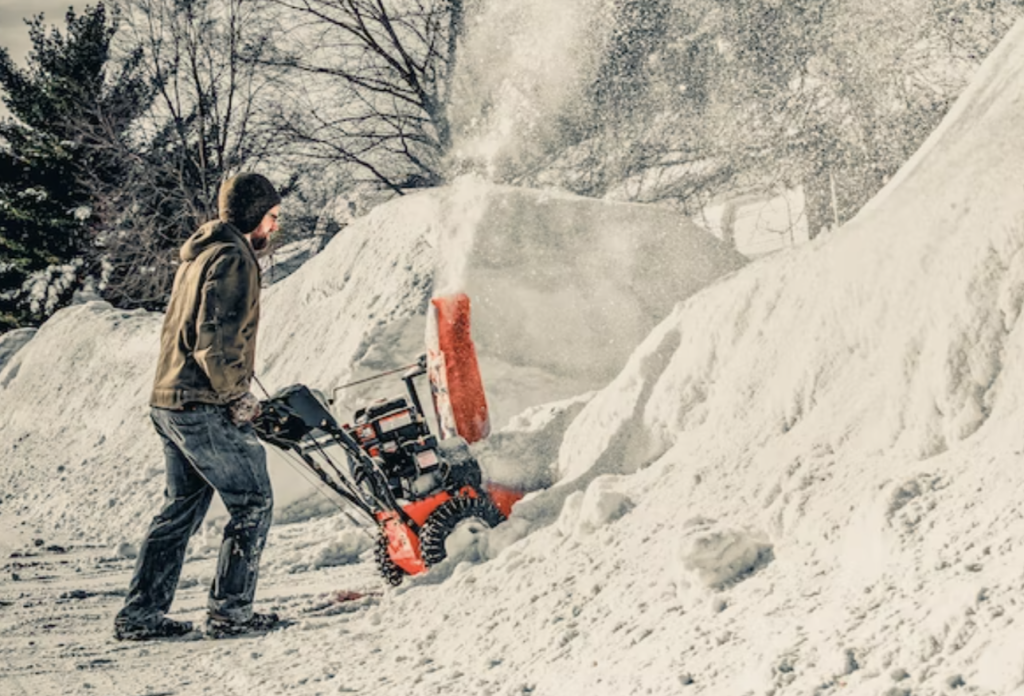How To Stay Safe When Plowing Or Shoveling Snow
Some of the best snow safety tips include dressing warmly, taking extra care to cover extremities, giving yourself a break when needed, and being aware of the specific guidelines for snow removal tools like shovels and plows.
This article is more than 2 years old

The harrowing winter storm that impacted much of the country just prior to the Christmas holiday and well-known Hollywood A-lister Jeremy Renner’s run-in with his personal slow plow both serve as much-needed reminders that snow safety is exceedingly important. This is especially true when dealing with dangerous equipment, like the PistonBully that Renner was using. Hence, here are some key tips to keep in mind to ensure you stay as safe as possible when plowing or removing snow.
First and foremost, before you even step outside, there are a few key things to note. Perhaps the most obvious is that you dress warmly. Working out in sub-zero weather with snow whipping at your face is nothing to take likely, so in addition to bundling up with multiple layers, take care to cover your face, head, and other extremities well.
The extremities are the first places where frostbite will start to set in. Unfortunately, this is what happened to one Buffalo, New York resident who lost his way in the winter storm. Thankfully he was saved by a good samaritan who got him the help he needed, but the individual’s experience highlights why it is imperative to keep hands, feet, and heads covered to ensure optimal snow safety.
Second, it’s always a good idea to check in with your doctor if you have any concerns about health conditions that could worsen by when working out in the snow. Shoveling snow, in particular, can be very dangerous for individuals with certain heart conditions. Lastly, it’s a good idea when removing snow to go out often and not let it accumulate too much between intervals to lighten the overall workload.
In addition to the aforementioned general snow safety tips, there are specific tips to keep in mind depending on how you intend to remove snow. When removing snow, individuals will primarily rely on a snow shovel, snow blower, or snow plow. It’s important to be aware of the snow safety guidelines for each.
When using a show shovel, NPR highlighted that it’s a good idea to warm up your muscles and take breaks often. To avoid straining yourself, particularly your back, don’t twist to the side when cleaning shoveled snow. Instead, shovel in the direction that you want the snow to go.
Furthermore, using a snow blower poses its own risks. To ensure snow safety when using one, be sure not to touch any moving parts when operating it, don’t fill it with fuel if it is still hot or is running, and make sure there aren’t any people in the path of the blowing snow. Children under 15 years of age should not be allowed to operate a snow blower under any circumstances.
Using a snow plow to clear snow from your path is a modern convenience that should not be taken lightly. You should not operate a snow plow if you are tired or in any way impaired. It is inadvisable to drive faster than 40 mph when plowing snow, and before operating the vehicle, its parts should be inspected to make sure they are working and attached properly.
Winter in the United States has really just begun. Follow these snow safety tips for you and your loved ones. Then, hunker down inside with a nice cup of hot cocoa!




